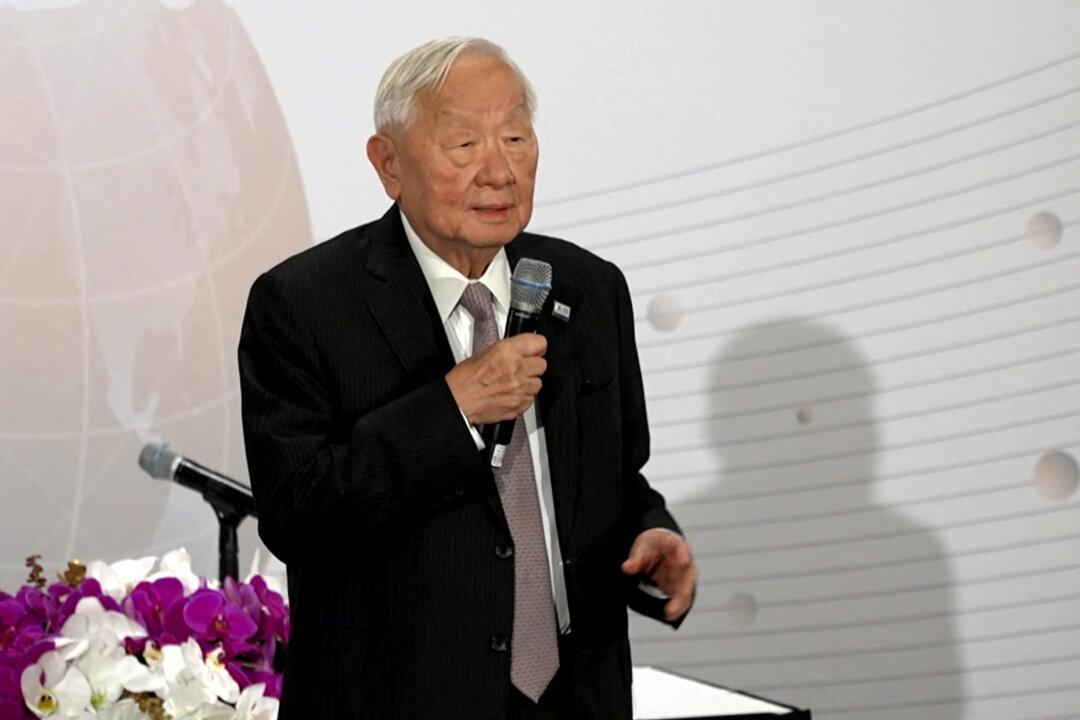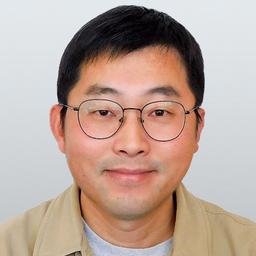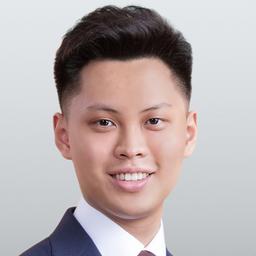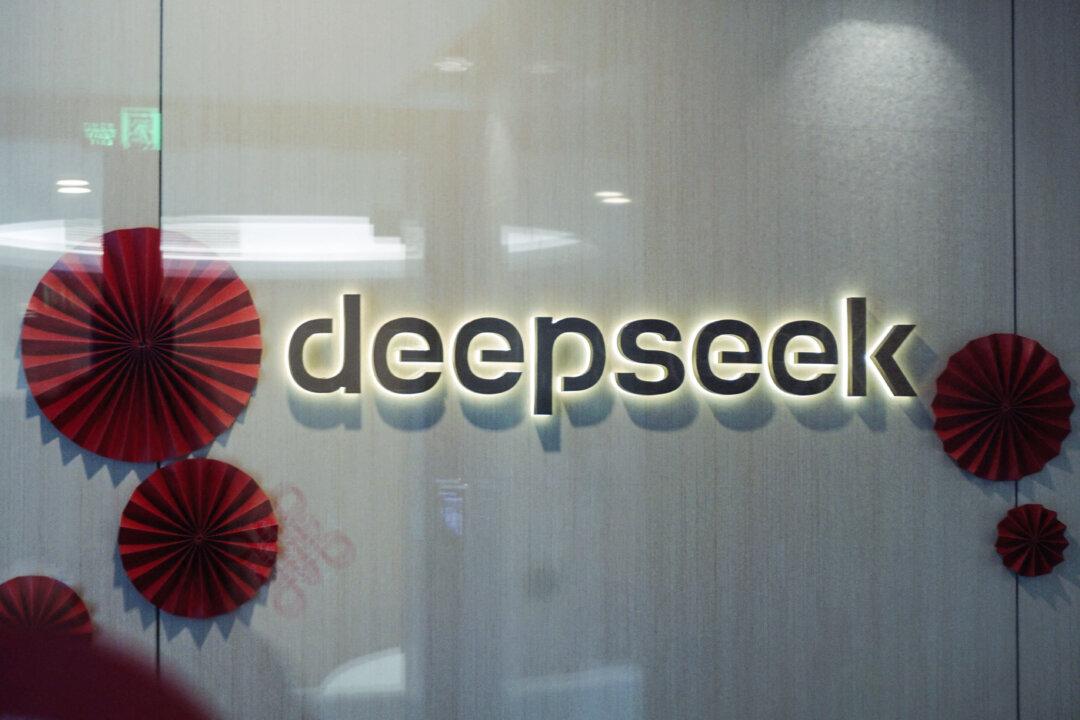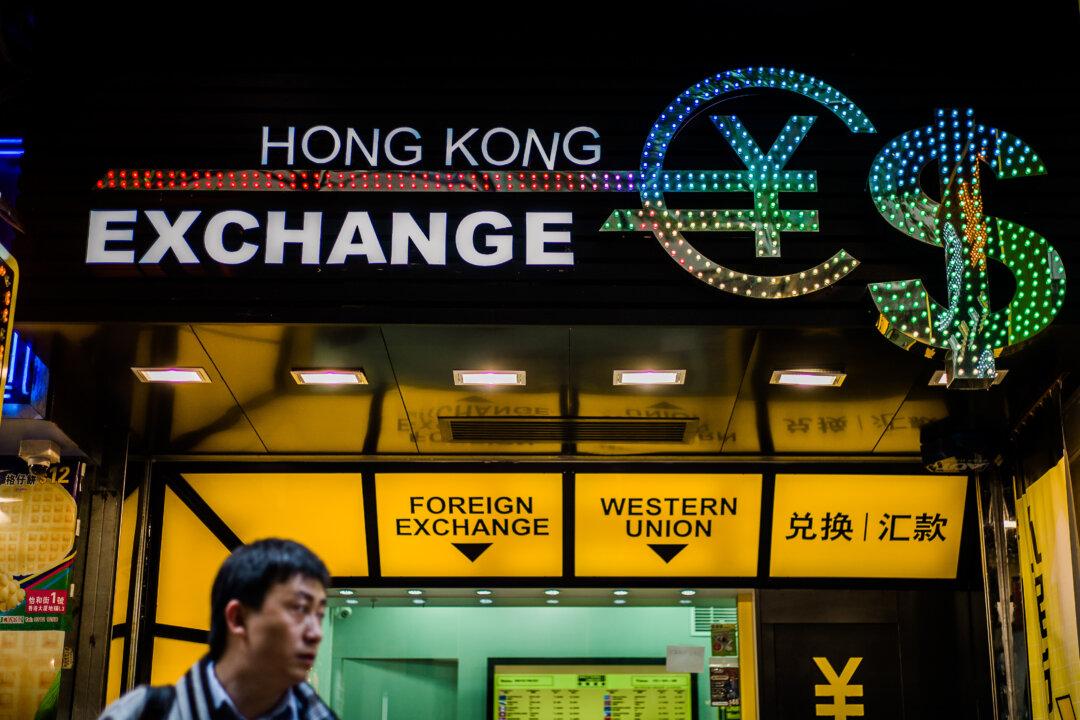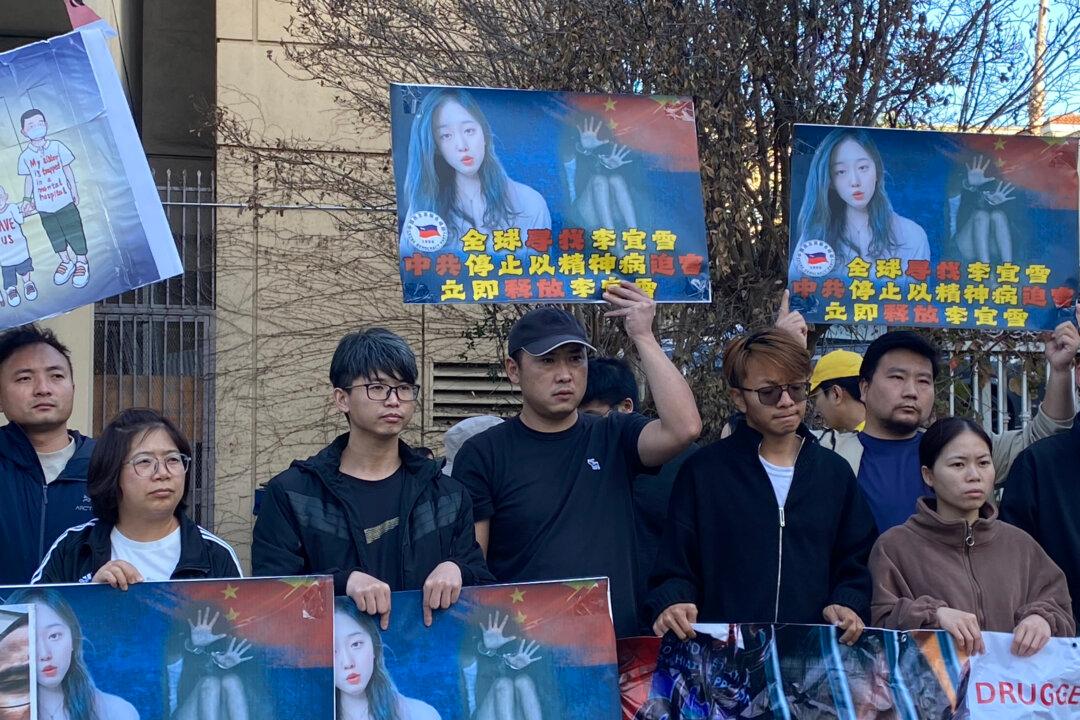At the Asia-Pacific Economic Cooperation (APEC) Summit in San Francisco from Nov. 11–17, amidst a gathering of global leaders, one figure stood out, not for his political clout but for his monumental contribution to the tech world: Morris Chang, Taiwan’s delegate and the founder of TSMC (Taiwan Semiconductor Manufacturing Company).
The eminent tech leader was chosen as Taiwan’s special envoy to the annual forum to promote trade, investment, and economic cooperation. It was the seventh time that Mr. Chang had represented Taiwan at APEC.

